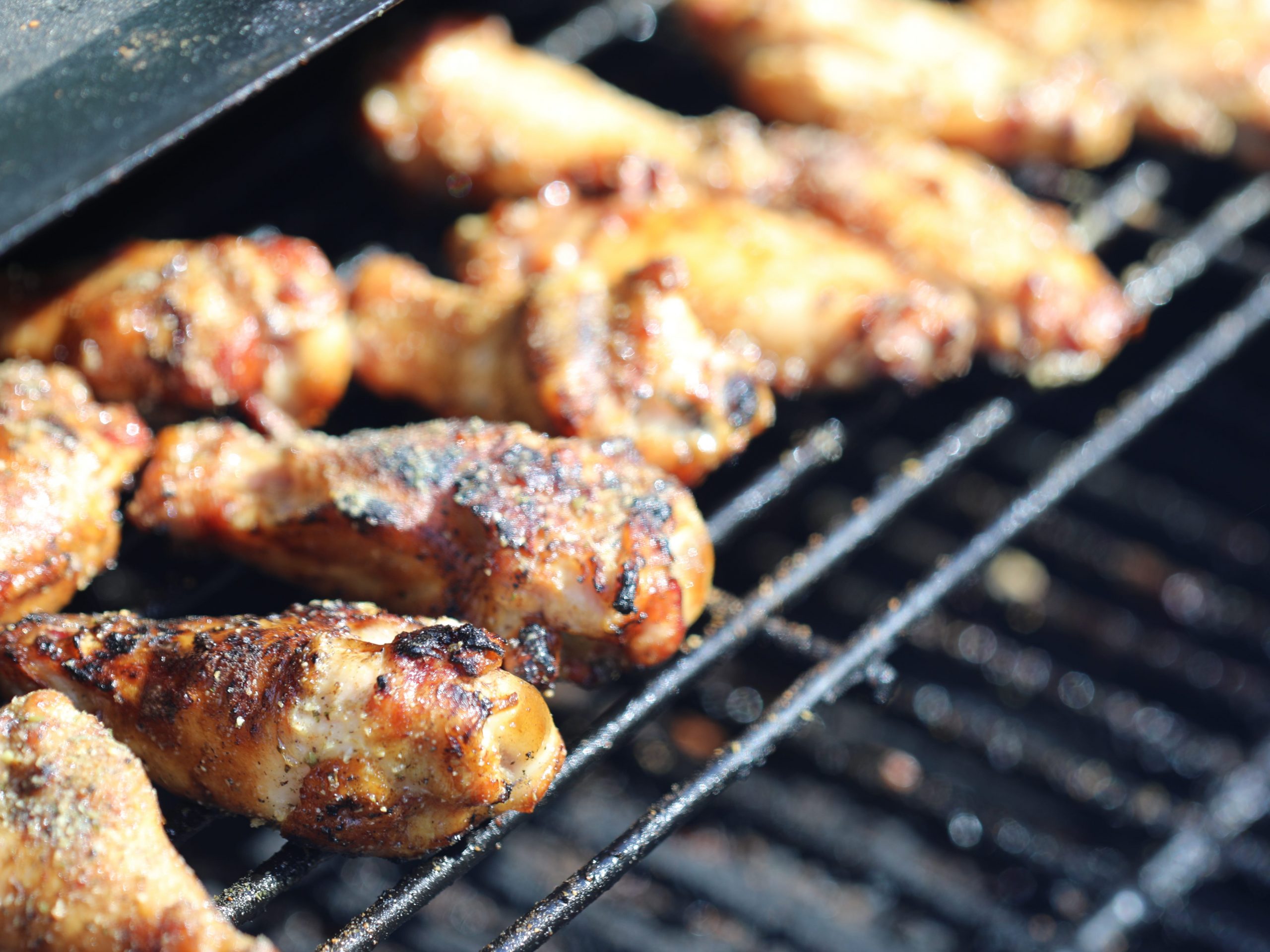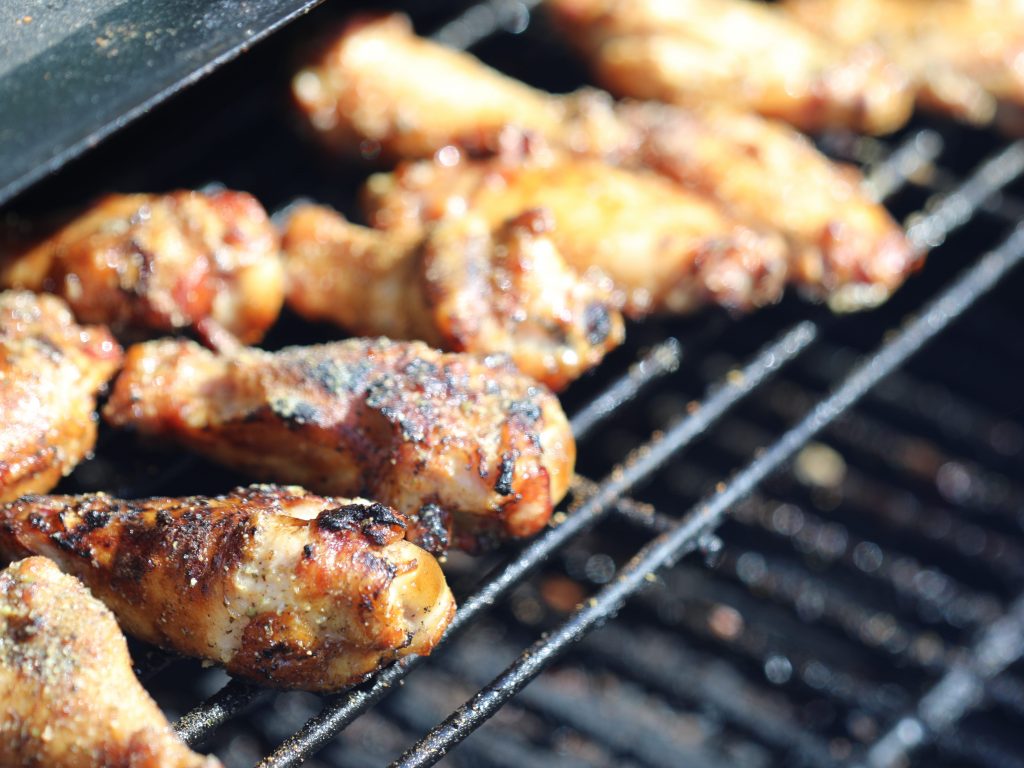
- WingStop says the cost of chicken wings jumped 40% in 2021.
- The chain charged customers more to offset this, and turned to other cuts of meat.
- Chicken wings make up around 65% of WingStop's total sales.
WingStop is spending much more money on chicken as inflation accelerates.
The chicken wing chain put up menu prices several times in 2021, which it said partly offset the "record high" cost of bone-in wings. It's also looked at using other cuts of chicken instead.
WingStop said Wednesday that the cost of wings, which make up around 65% of its sales, rose 40.9% in 2021 year-over-year. This includes a 27.5% jump in the fourth quarter compared to the same period the previous year.
The US is grappling with soaring inflation, stemming in part from the labor shortage and supply-chain disruptions. Restaurants have had to accommodate rising prices of core ingredients, including fryer oil and beef. Many have passed the costs on to customers and raised menu prices.
WingStop customers concerned about further rises may take some comfort from recent price developments, however. The firm's CEO, Charlie Morrison, said on an earnings call Wednesday that the price of chicken wings had come down "a lot in the fourth quarter, and even more so in recent weeks."
"With regards to wing inflation, we believe the worst is behind us," CFO Alex Kaleida said, adding that the company expected year-over-year deflation in wing prices in the second half of 2022.
"We are actively exploring a variety of strategic options to gain more control of our supply chain," Kaleida said, saying that the chain wanted to give more predictable food costs for franchisees.
Morrison said that the company had also looked at other cuts of chicken to avoid high prices, including boneless wings, which use breast meat. Data from the Bureau of Labor Statistics shows that the price of chicken breasts rose by 13% in 2021, much less than the rate of increase for wings. The price of whole chickens barely changed.
"The key was to leverage the dark meat on the bird, through the thigh and the drum," Morrison said, adding that WingStop was looking at ways to use the whole bird, and "which should ladder up to our supply chain strategies."
WingStop said the rise in chicken prices was the primary factor pushing up its annual cost of sales, which grew 17% year-over-year and made up 81% of sales at company-owned restaurants, up from 74.7% in 2020.
WingStop said that it also spent more on wages, recruitment, and training in 2021 because of the "competitive labor market." Wage inflation reached around 10%, Morrison said.
"The challenges we have seen associated with the extraordinary amount of stimulus that was pumped into the economy in 2020 and early 2021 have led to the tightest job market we have seen in years," Morrison said. A "very, very small number" of stores had cut their hours because of understaffing, he added.
Kaleida said that WingStop took "many price increases" in 2021 to address inflation, but that hadn't translated into a lower number of transactions, Morrison said.
Coupled with wider inflation in the economy, this was a "good indicator" that diners were accepting higher prices, Morrison said.
The higher prices helped push up WingStop's annual system-wide sales to $2.3 billion, a 20.2% increase year-over-year. Adjusted net income grew 24% year-on-year to $40.3 million.
